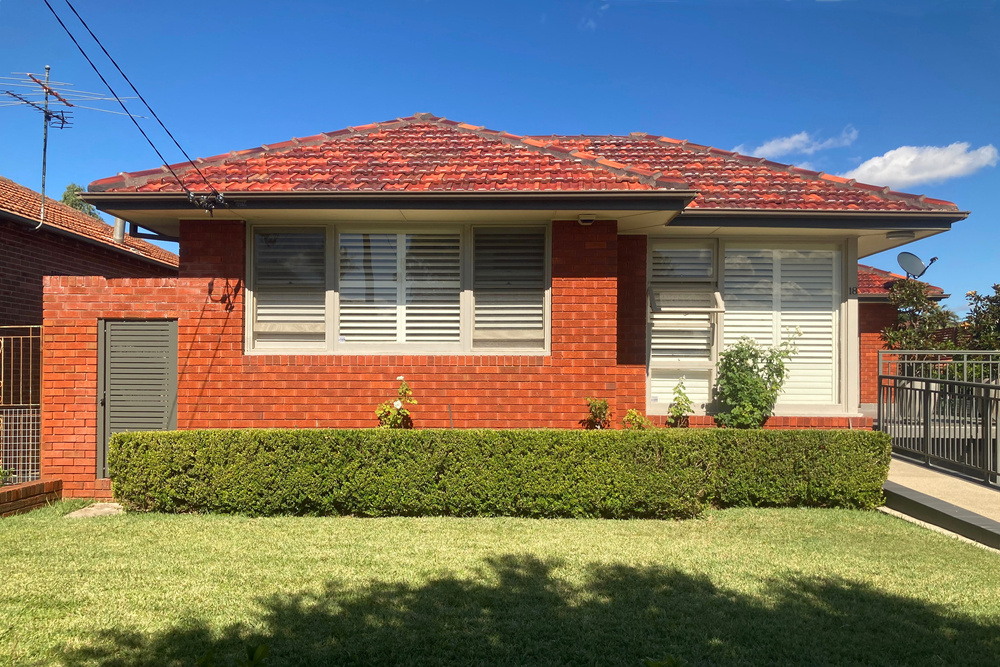
Jul
Considerations with Cellulose Fibre Insulation
No matter the season, we are always looking for ways to keep us more comfortable inside our homes, whether that's fans and air conditioning in summer, or fireplaces and space-heaters in winter. But one of the first places of protections from these elements is in the roof and walls of our homes.
Insulation acts as a barrier from the outside temperature getting in and the inside temperature escaping out. This helps to cut down on the use of appliances like air conditioning, which use a lot of energy and quickly drive up your electricity costs.
In this post, we discuss the insulator option of Cellulose Fibre and look at the things to consider when choosing this option.
Why insulate your home?
Homes can lose heat through walls, roofs, windows, doors, and floors. Walls and roofs have the largest surface areas exposed to outside elements, so a lot of heat transfer occurs through them. When walls and roofs aren't insulated, heat transfers through them easily, which causes temperatures inside your home to fluctuate rapidly. Heaters and air conditioning then have to work overtime to maintain your desired temperature. Fortunately, certain things can be applied to regulate unnecessary heat transfer. You can upgrade your windows, put draft seals on doors, install thick curtains, or plant more trees for shade. But the number one solution is insulation.
Insulation not only makes homes comfier, but it also lets your HVAC appliances operate with high efficiency. Many older homes (particularly Queenslanders) were built before home insulation became the norm. But any house, new or old, can be insulated. Before you attempt a roof insulation project for your home in Queensland or anywhere in Australia, here's what you should consider.
Types of Insulating Materials
There are many types of insulating materials, and each will differ in cost, effectiveness, and lifespan. The three most common options are cellulose, fibreglass, and foam.
Cellulose
One of the oldest insulating material, cellulose fibre is commonly used in walls and attics. It’s made of 80-90% recycled newspaper, cardboard, paperboard, or denim and adhesive to combine the fibres. This composition makes cellulose an affordable choice. As an insulating material, cellulose is great at resisting heat transfer.
Installing cellulose insulation is best left to the professionals as the fibre can be difficult (and very messy) to handle and install properly.
However, cellulose has a few downsides. Over time, the filling can sag or shift, as cellulose fibre can settle by up to 20%. If this happens, you may need to re-fill your roof or wall cavities.
As cellulose is made of wood fibres, it also can absorb moisture, making it prone to mould and mildew growth.
Fibreglass
Fibreglass is made of fine glass fibres and a common choice for insulating attics. Like cellulose, it’s traditional, inexpensive, and heat-resistant. However, like cellulose, the fibres can be irritating and safety equipment should be used to install it, as the fine fibres are easy to inhale.
Spray foam
An environment-friendly material, foam is a mix of water-blown ingredients and organic compounds. It doesn’t sag like cellulose—it expands by up to 100 percent over time, filling all voids. It creates an effective air barrier, and it’s highly resistant to mould. But here’s the downside: foam can be fairly expensive.
Should you use cellulose fibre material?
Cellulose, fibreglass, and foam are all viable choices for attics and roofs. If you’re also planning to do a Colorbond roof replacement, you can combine the job with cellulose fibre insulation, ideal if you reside in Brisbane, Queensland, or any place where weather conditions can become harsh.
If you’re going to insulate walls, then cellulose, as well as foam, is good. Cellulose though has the upper hand here if you’re working on a limited budget. For old walls, you can inject cellulose fillers or foam into the cavity through drilled holes. For open cavities, you can open-spray cellulose or foam.
Cellulose, however, is not ideal for crawl spaces and garage walls. Crawl spaces are prone to mould growth, so you need a material that’s water-resistant and air-sealing.
How do you install cellulose fibre insulation?
If you’ve decided to go with cellulose fibre insulation, you can do the installation yourself, but it's recommended to hire a roofing and insulation specialist.If you’re going to insulate an old sidewall with the drywall intact, you have to drill holes to be able to fill the cavity. The process is usually done from the outside and it's best to let the professionals assist you with this to avoid any structural damage.
What not to do with cellulose fibre insulation
When insulating walls with cellulose fibre, remember not to do these things:
- For areas where the cavity is open from the roof to the basement, block off the top and bottom sections before spraying the cellulose fillers.
- Do not insulate areas with high heat concentrations, like the fireplace, chimney, and areas with recessed lighting.
- Do not apply cellulose insulation on structures with knob and tube wiring.



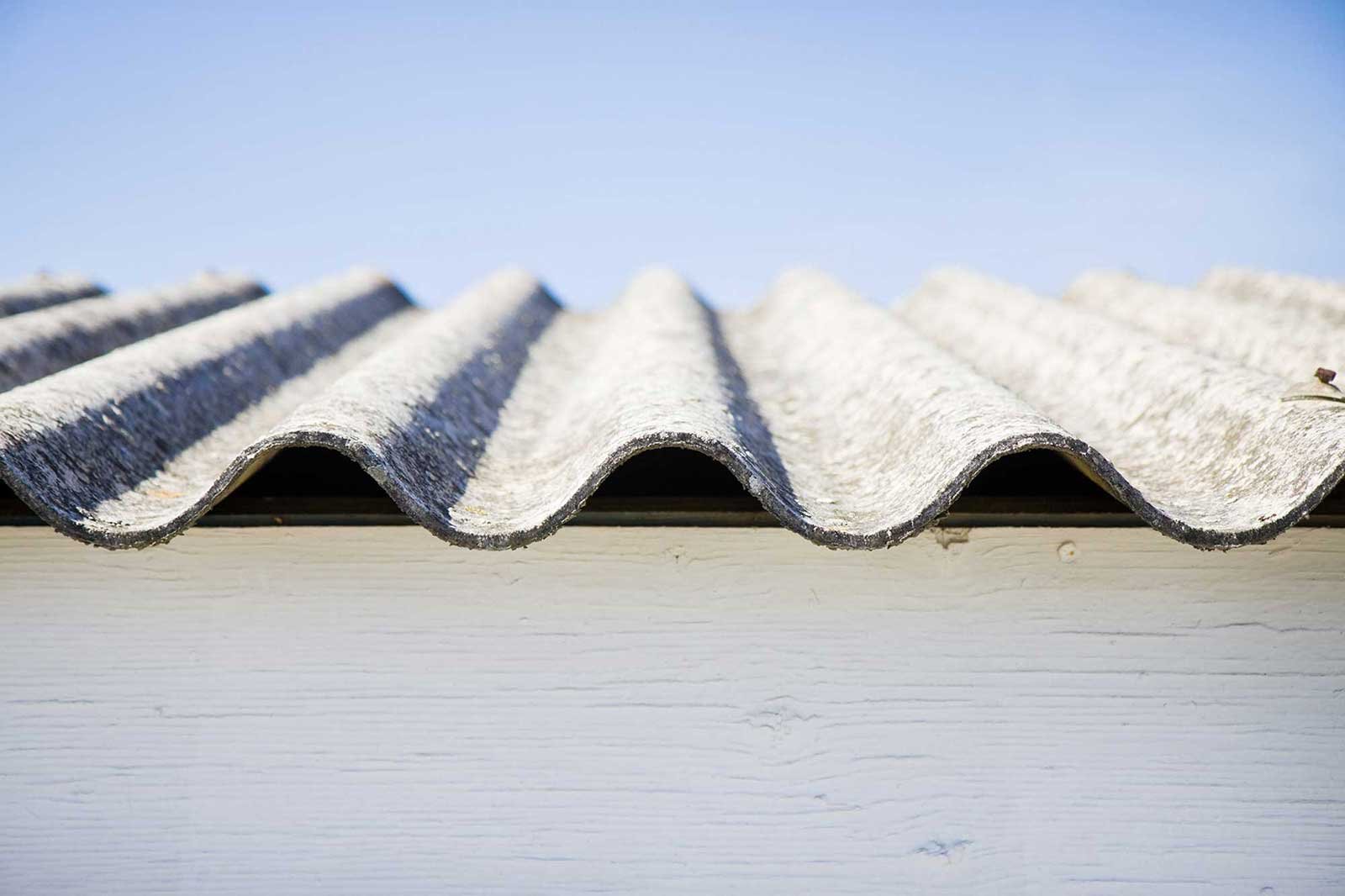




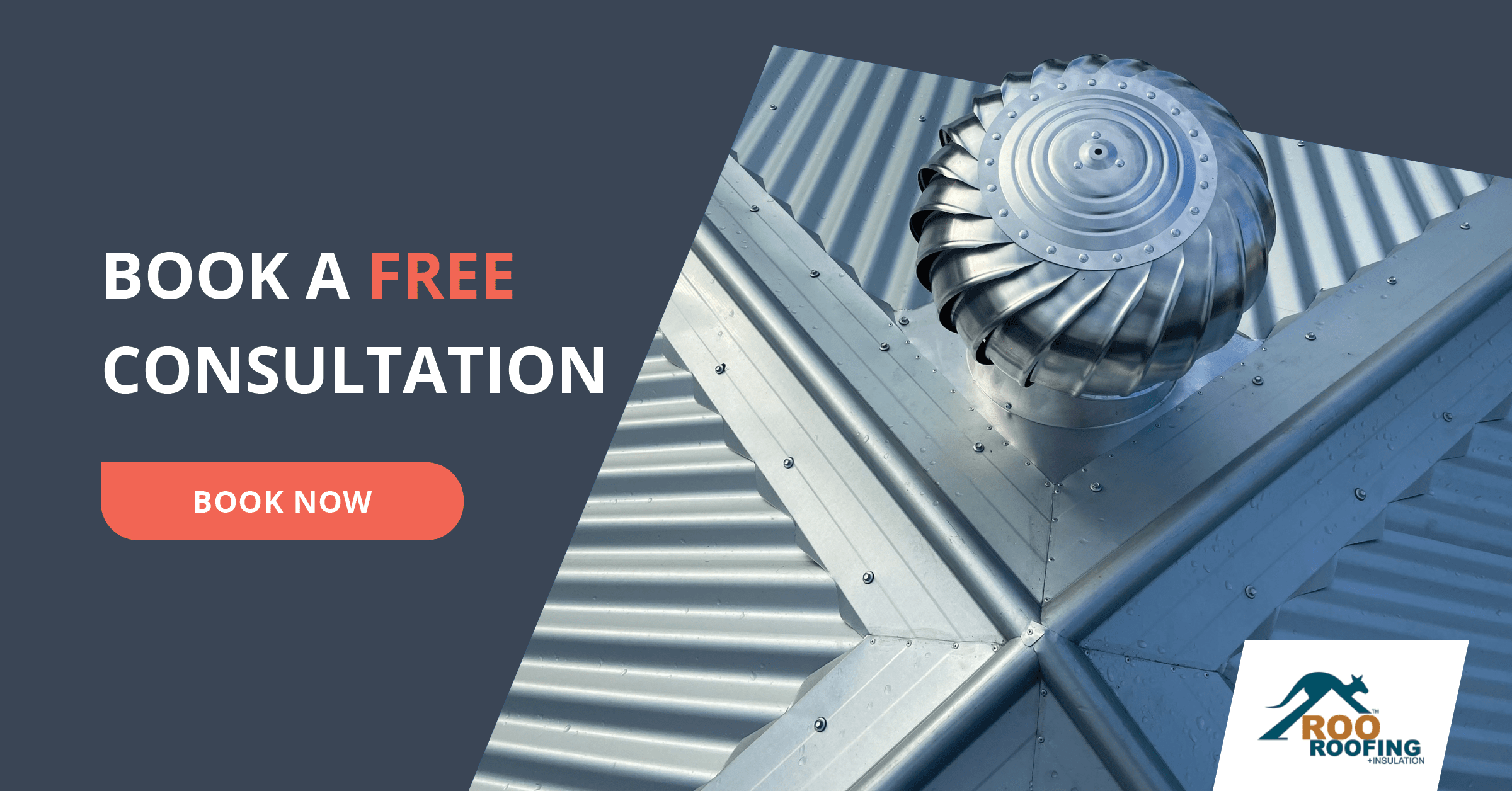
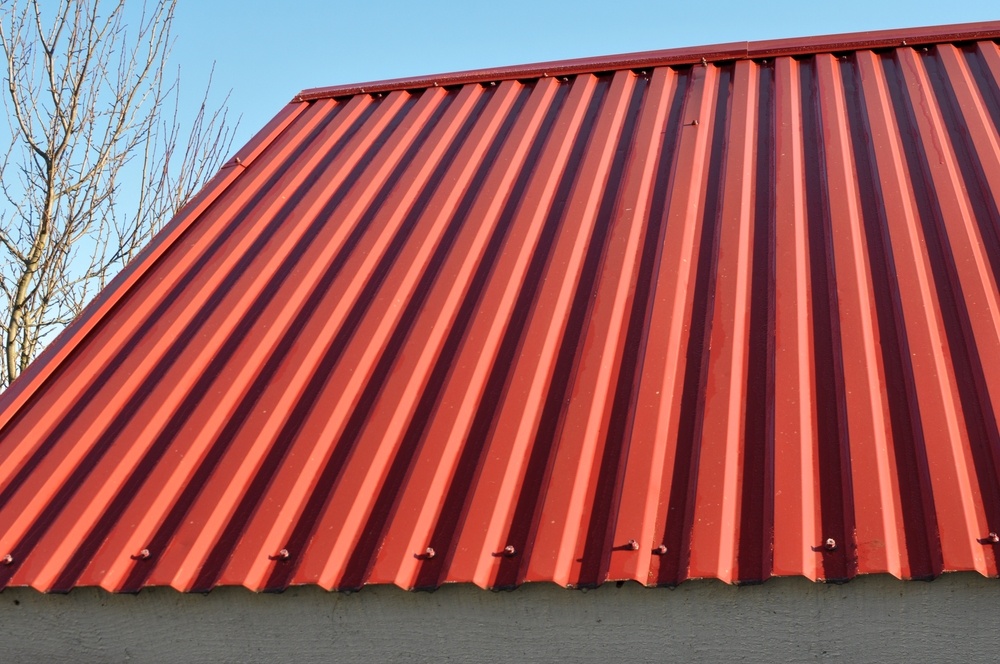
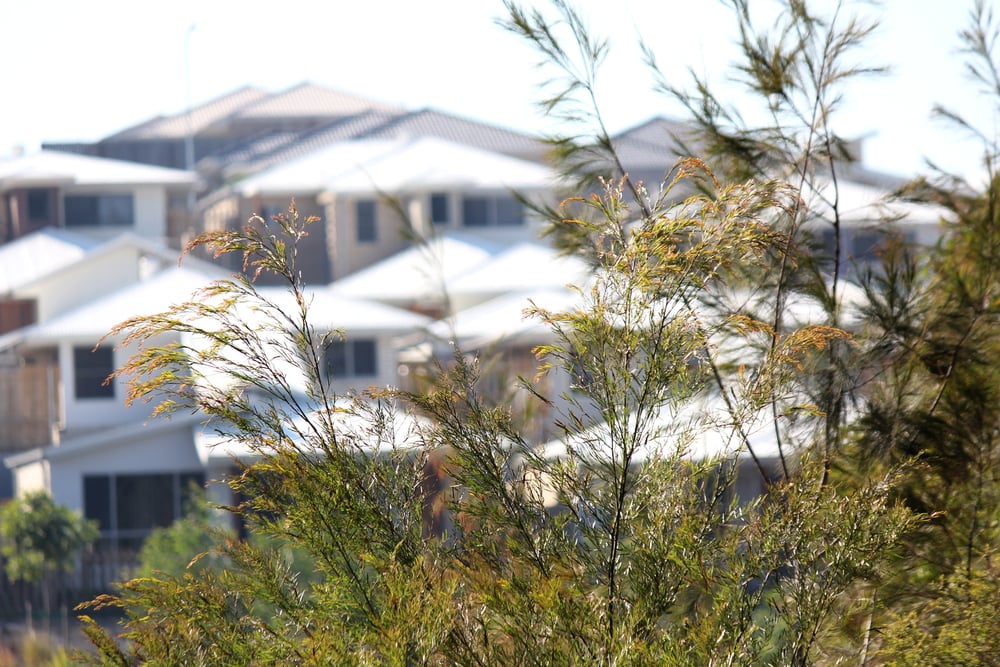

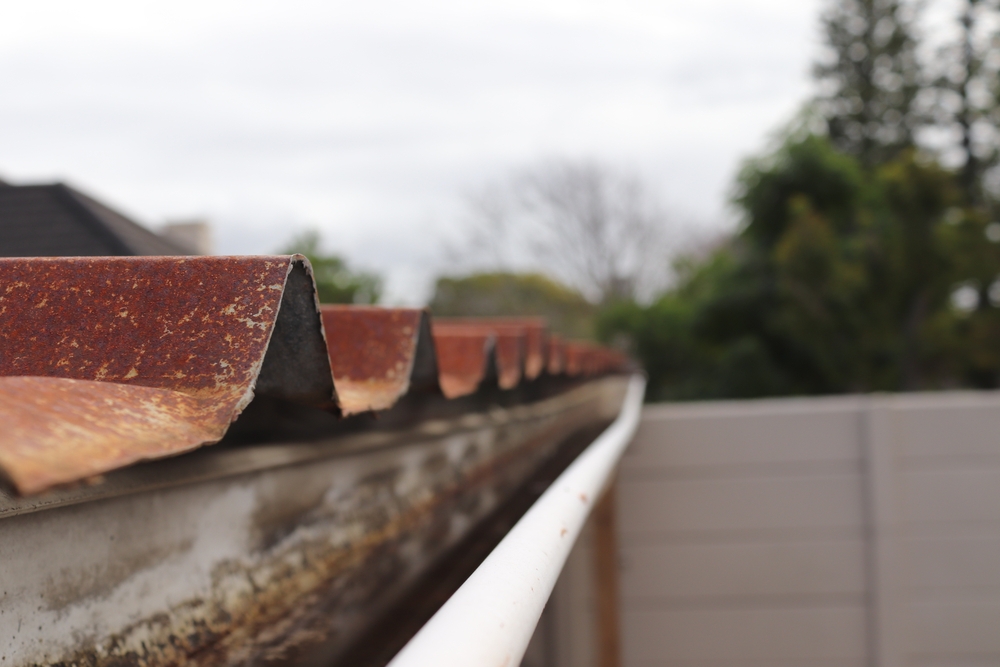
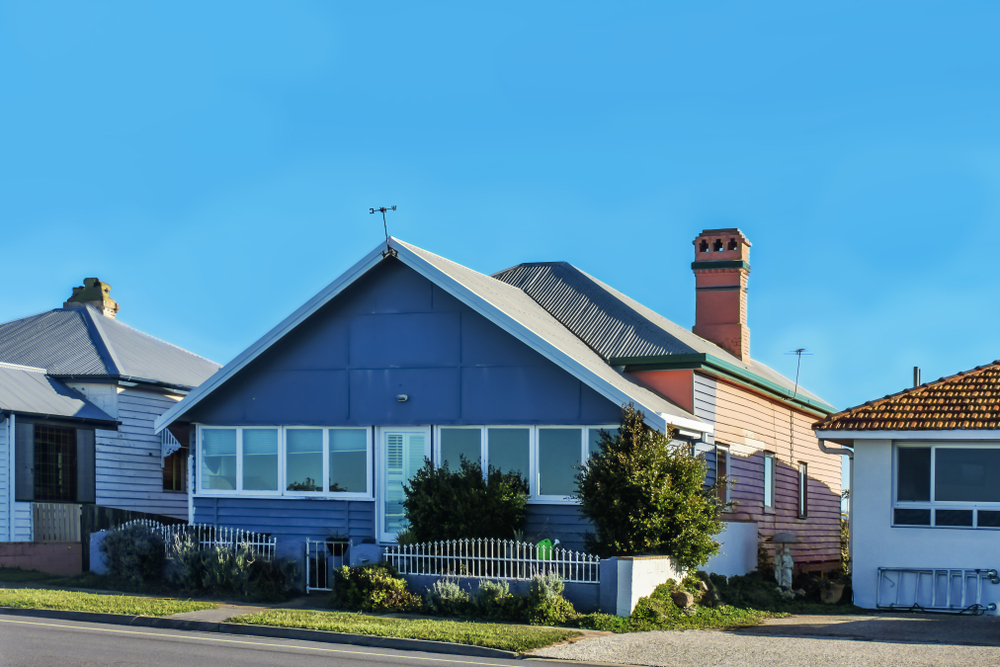
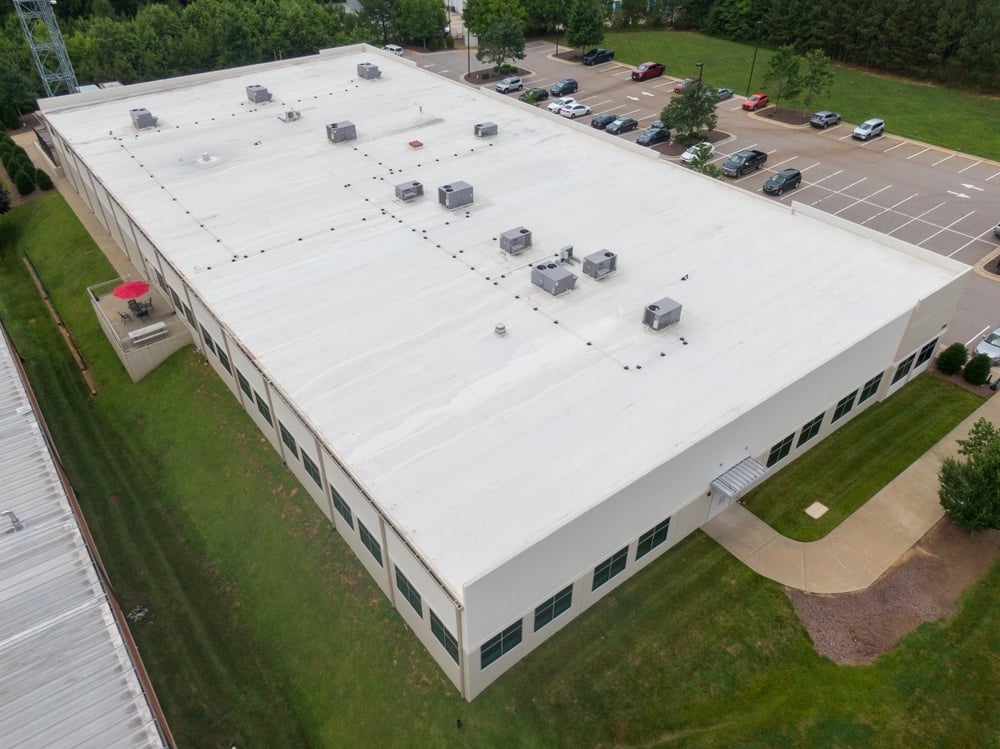
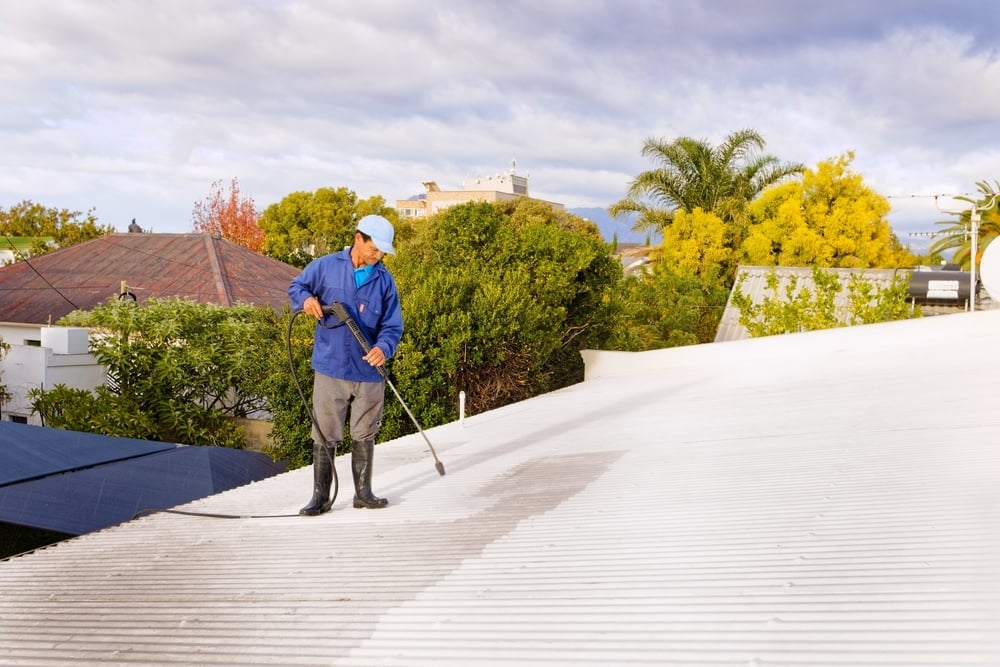
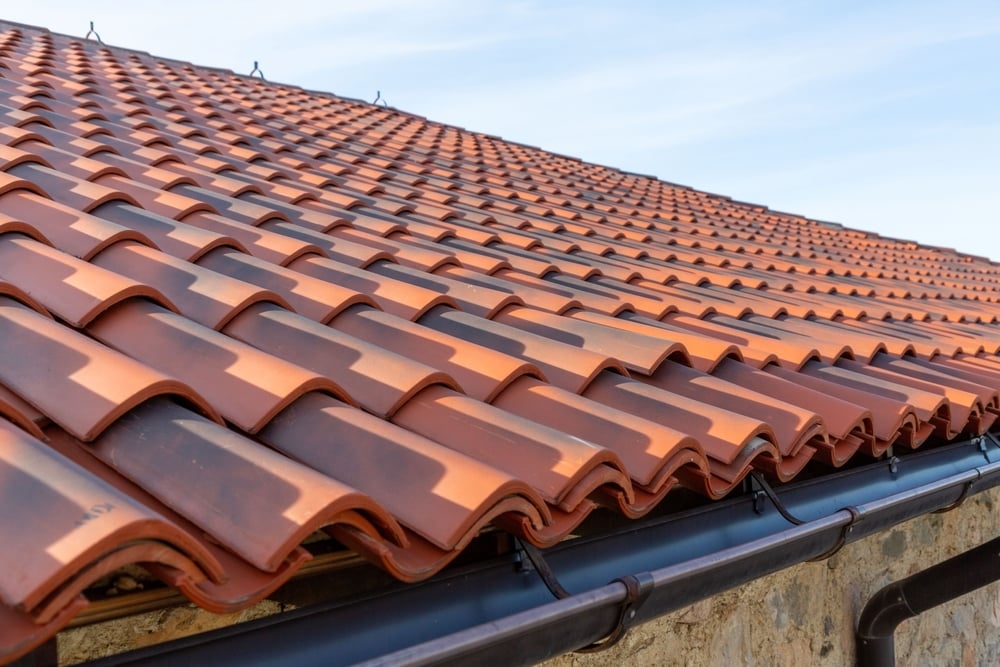
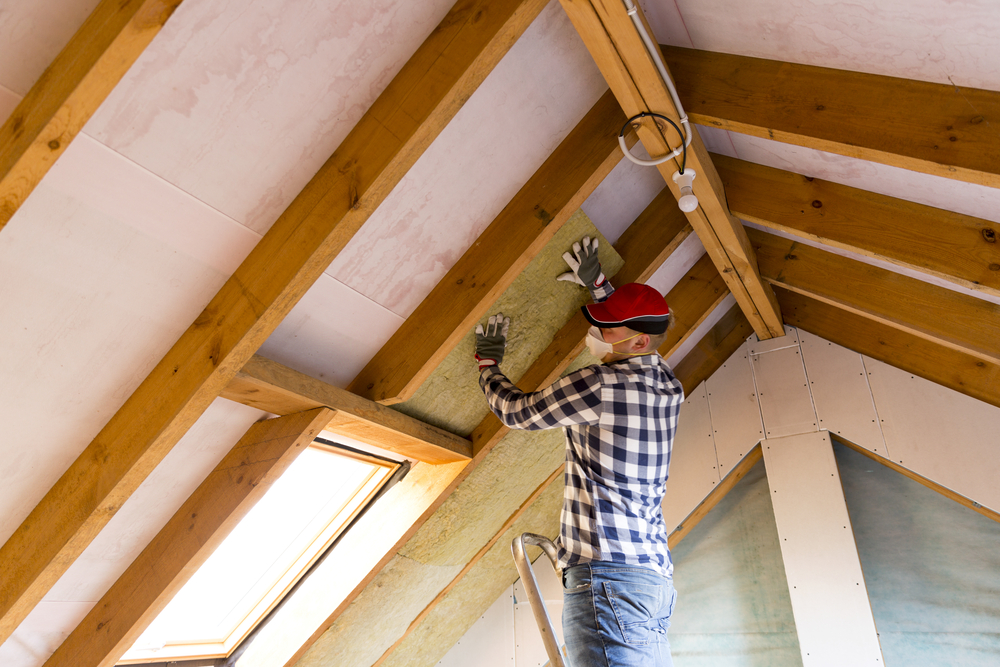
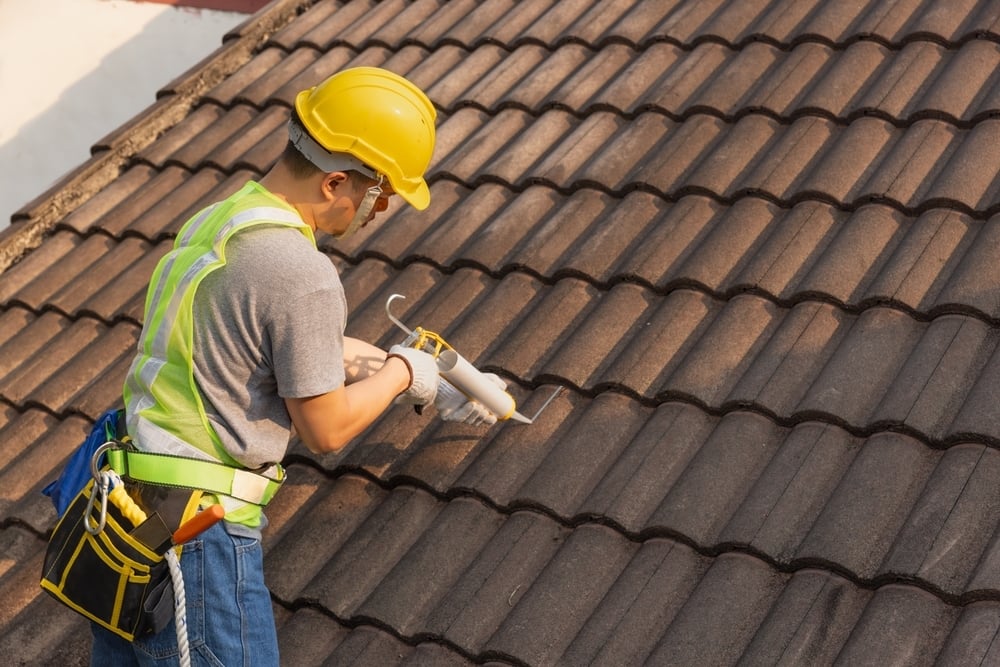
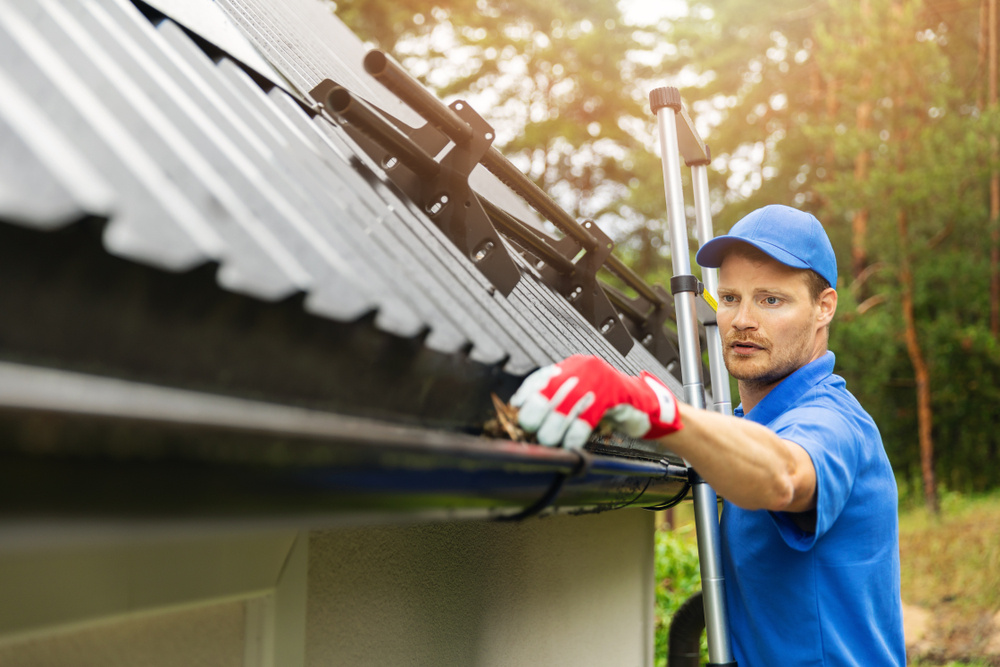

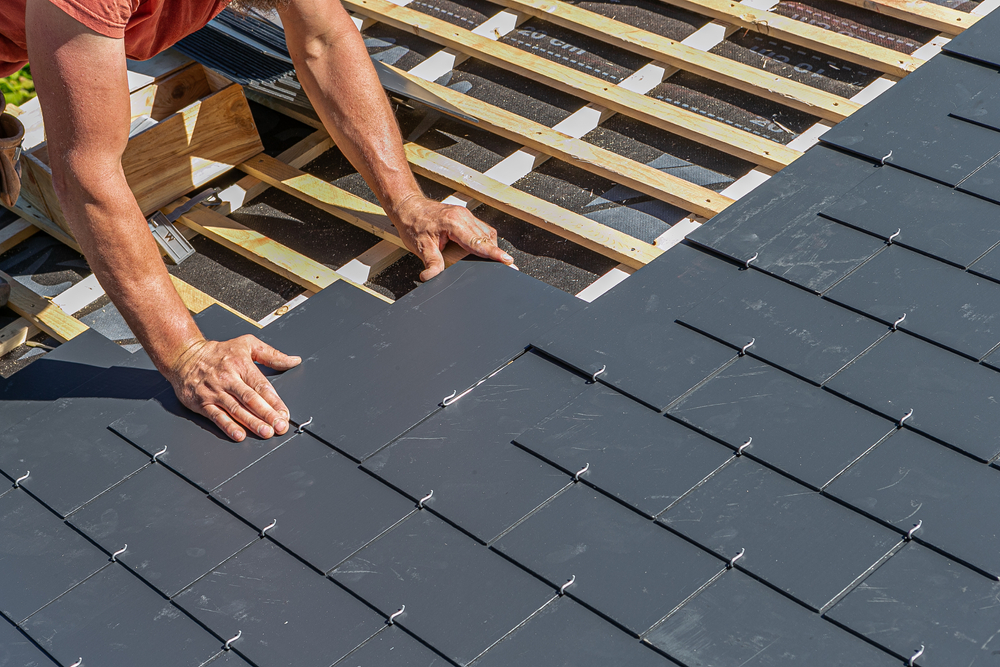
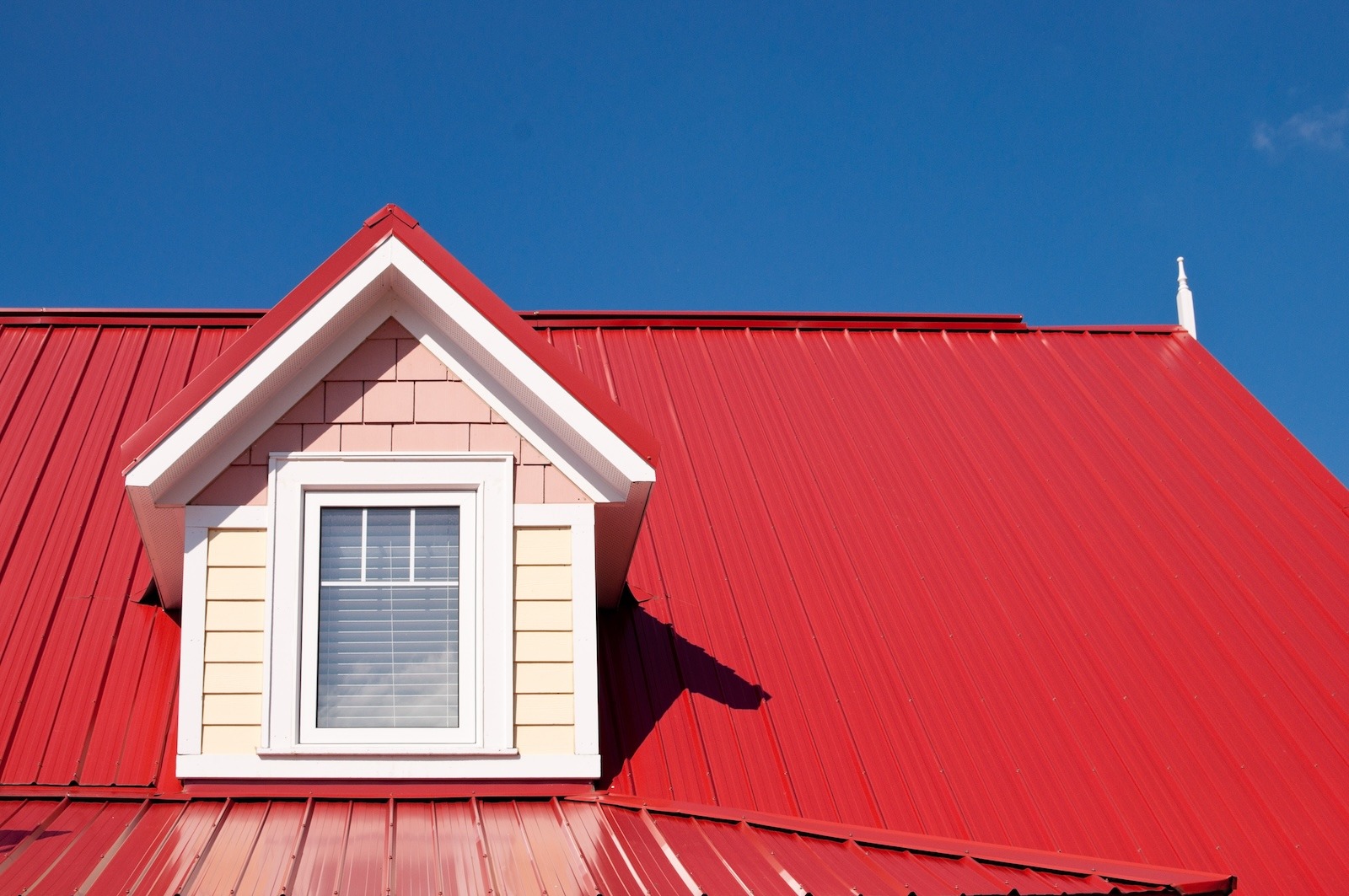
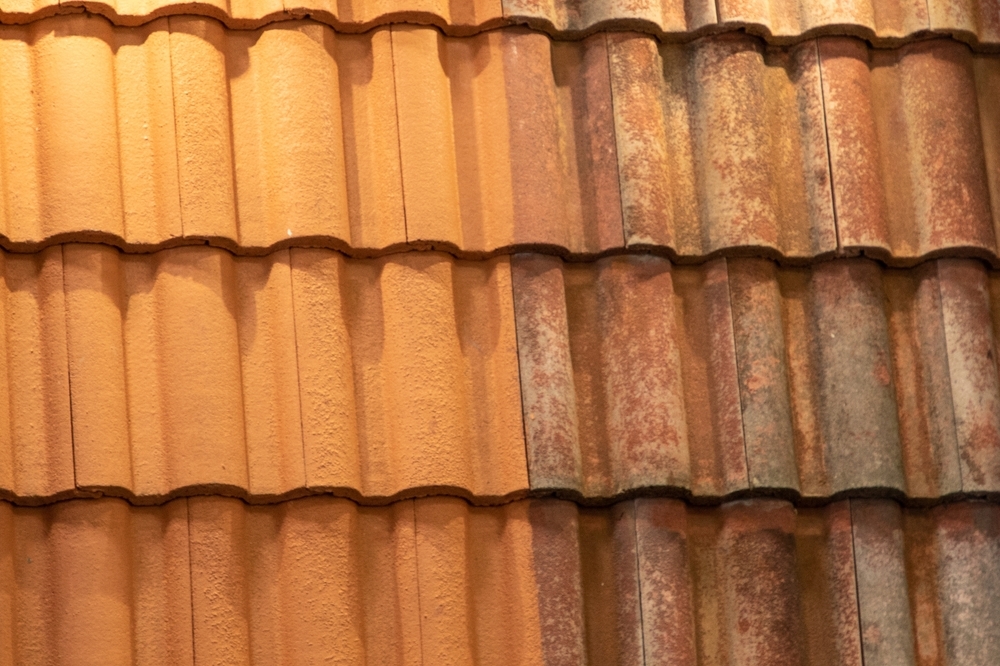
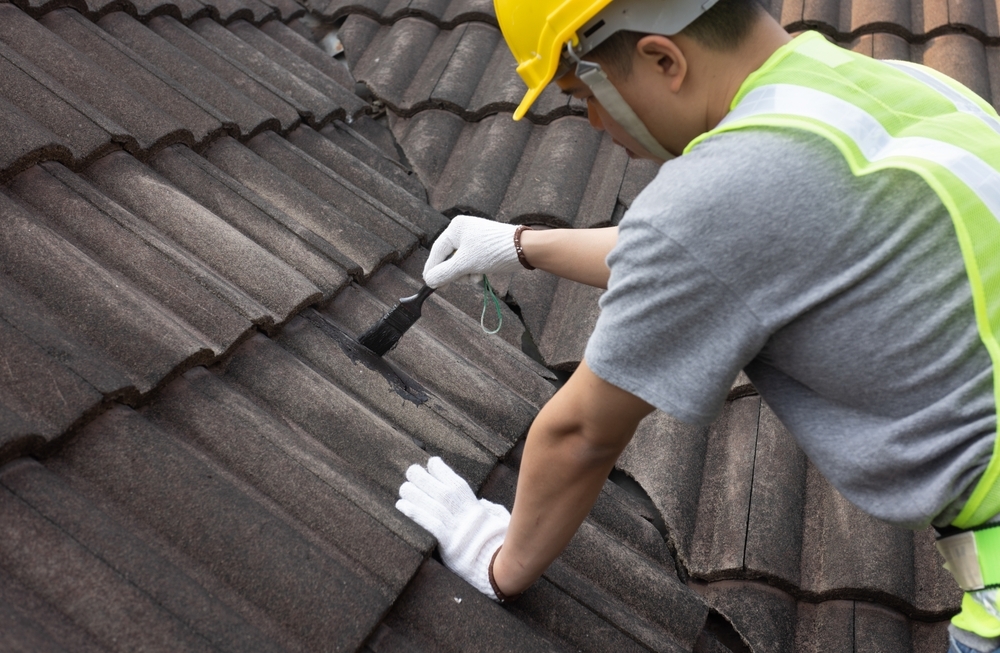
.jpg)
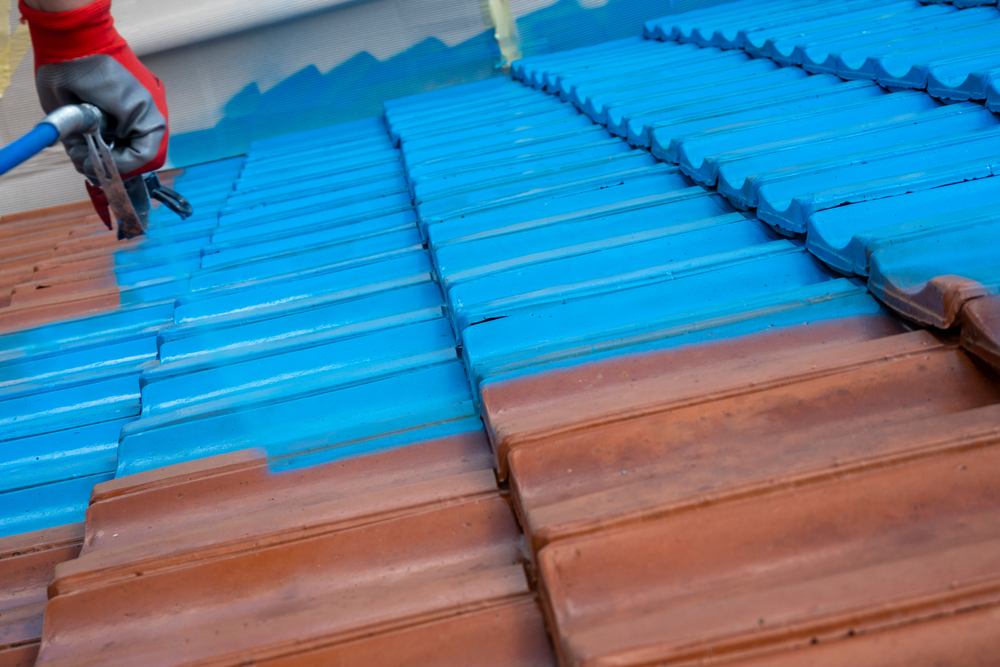
.jpg)
